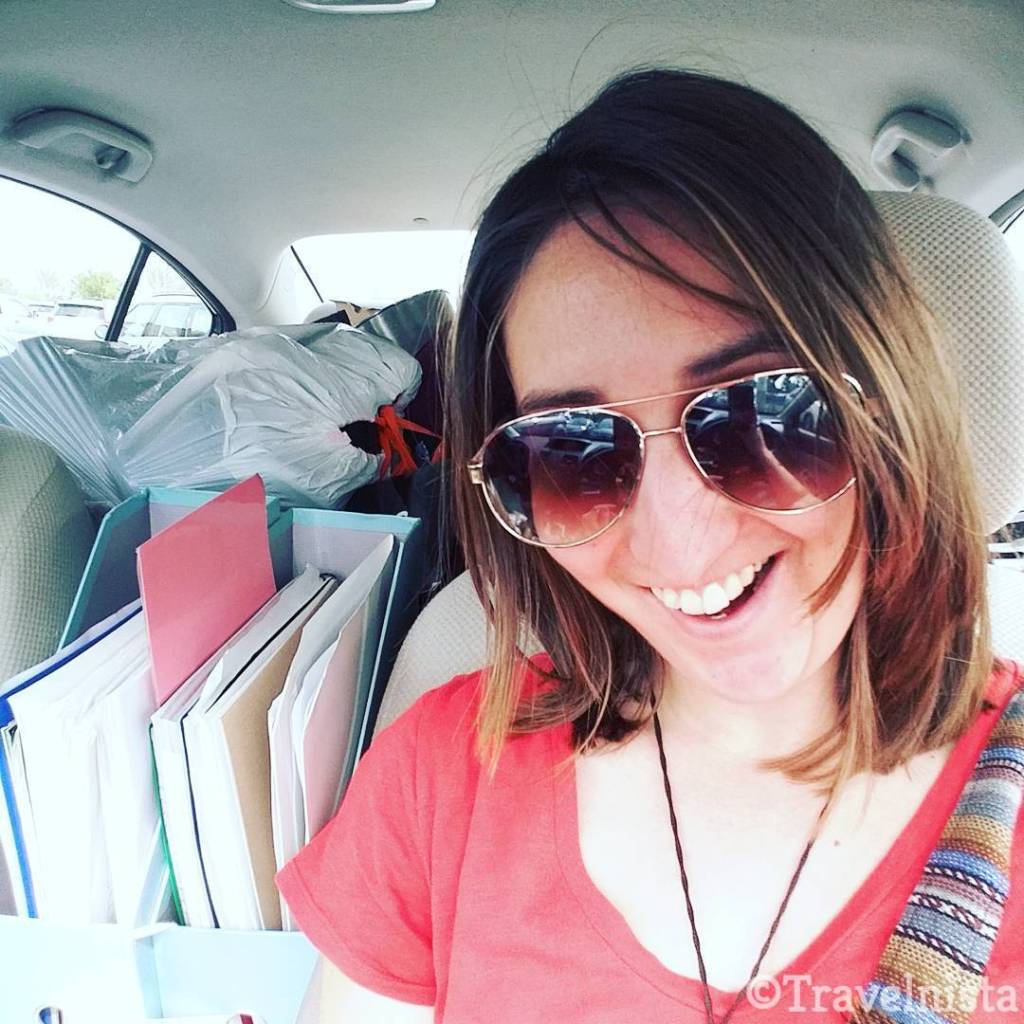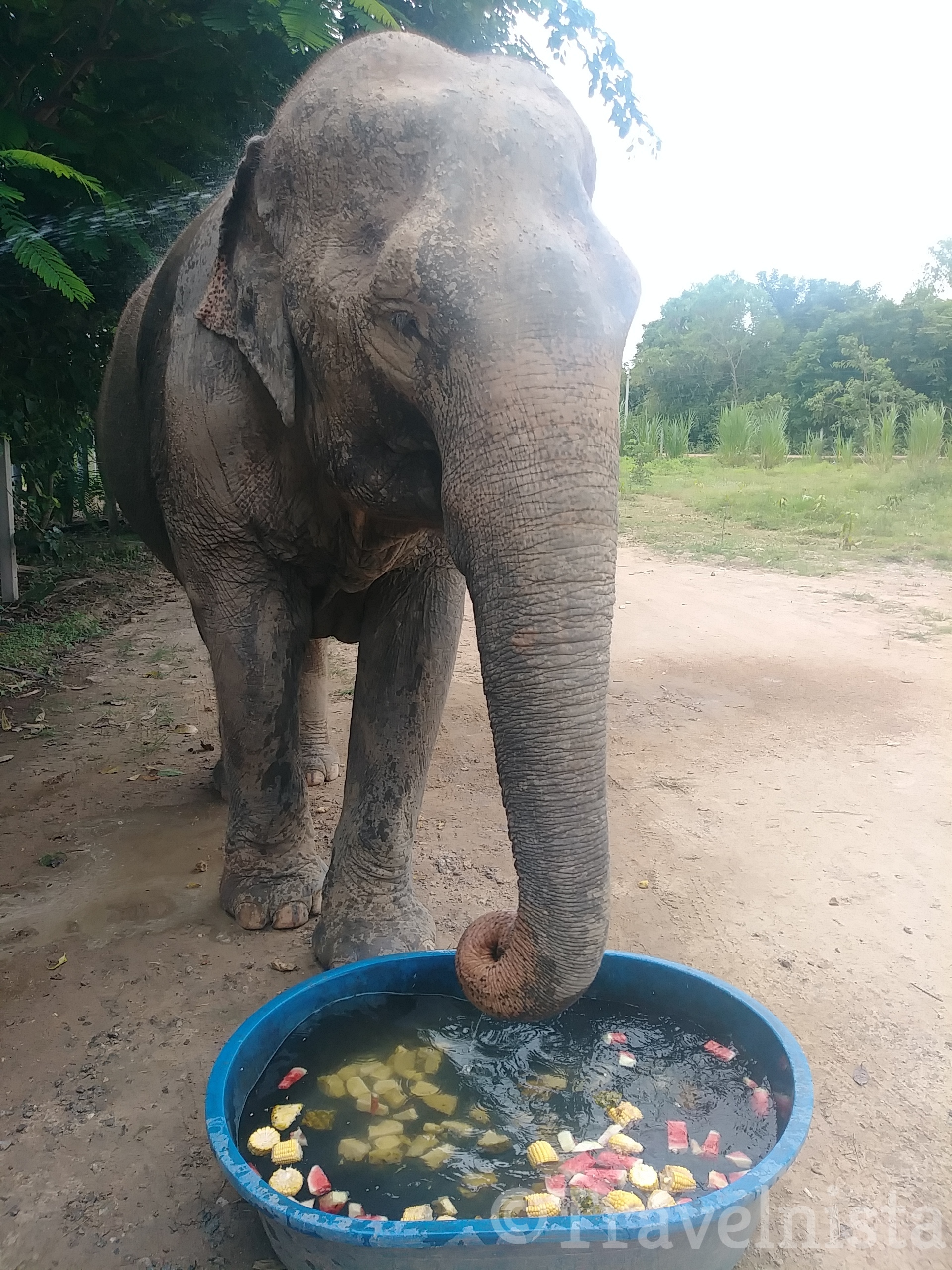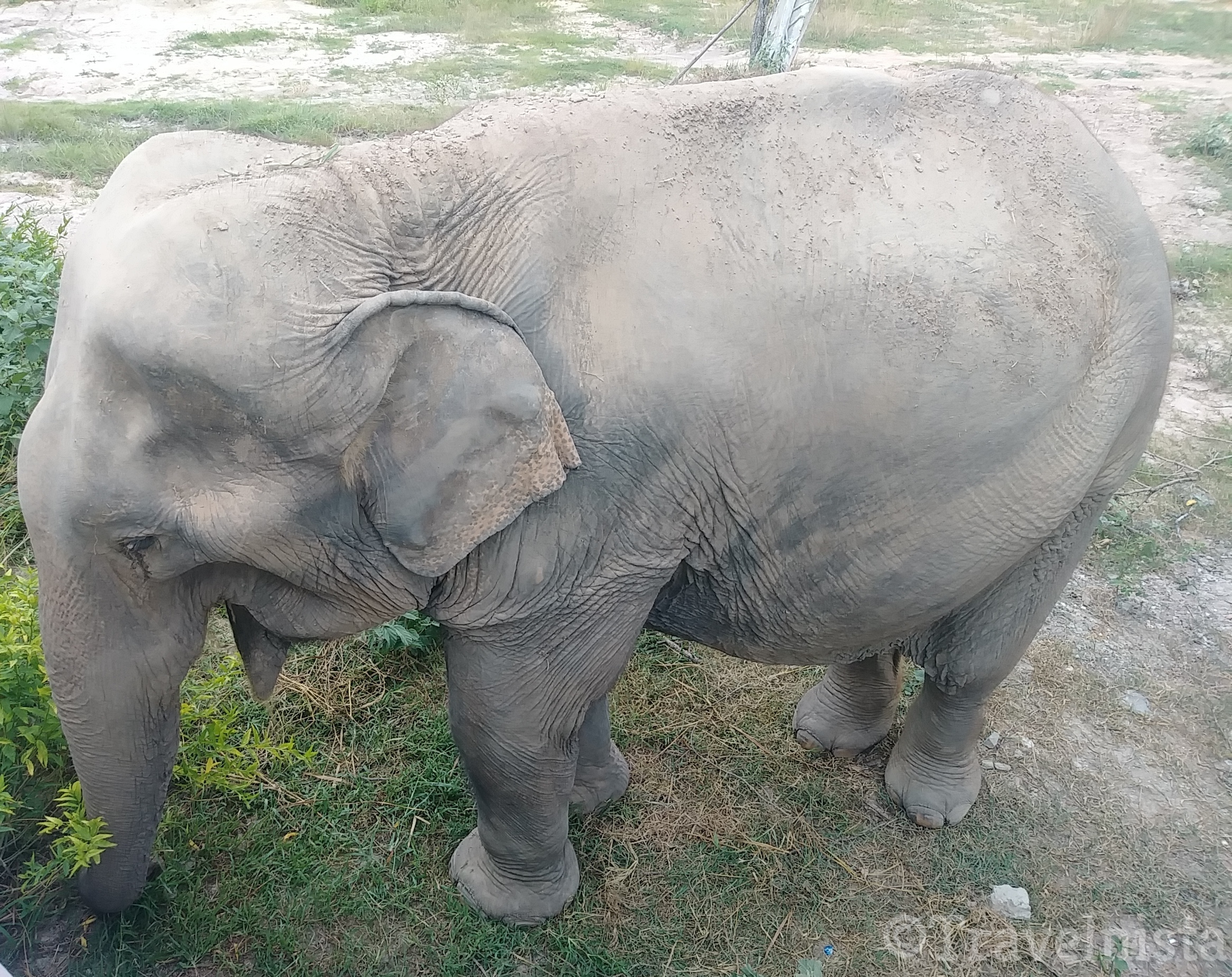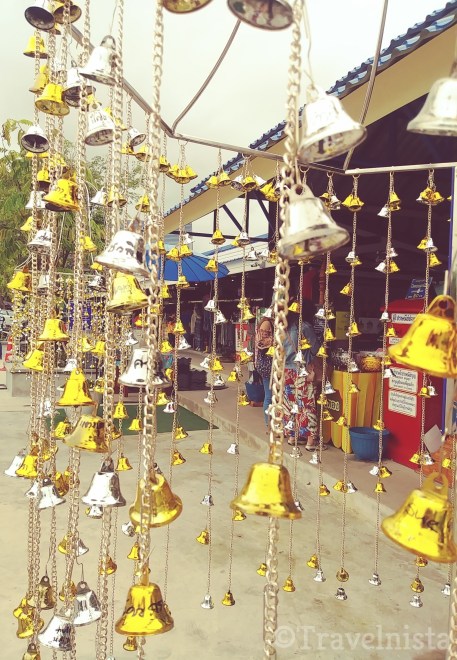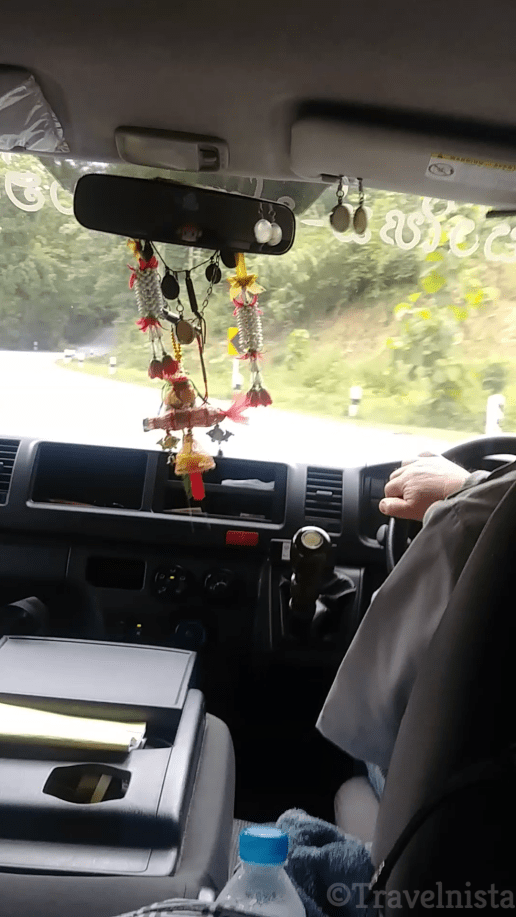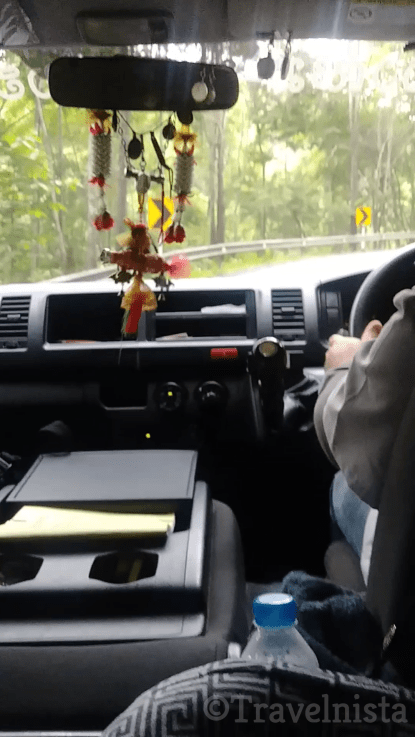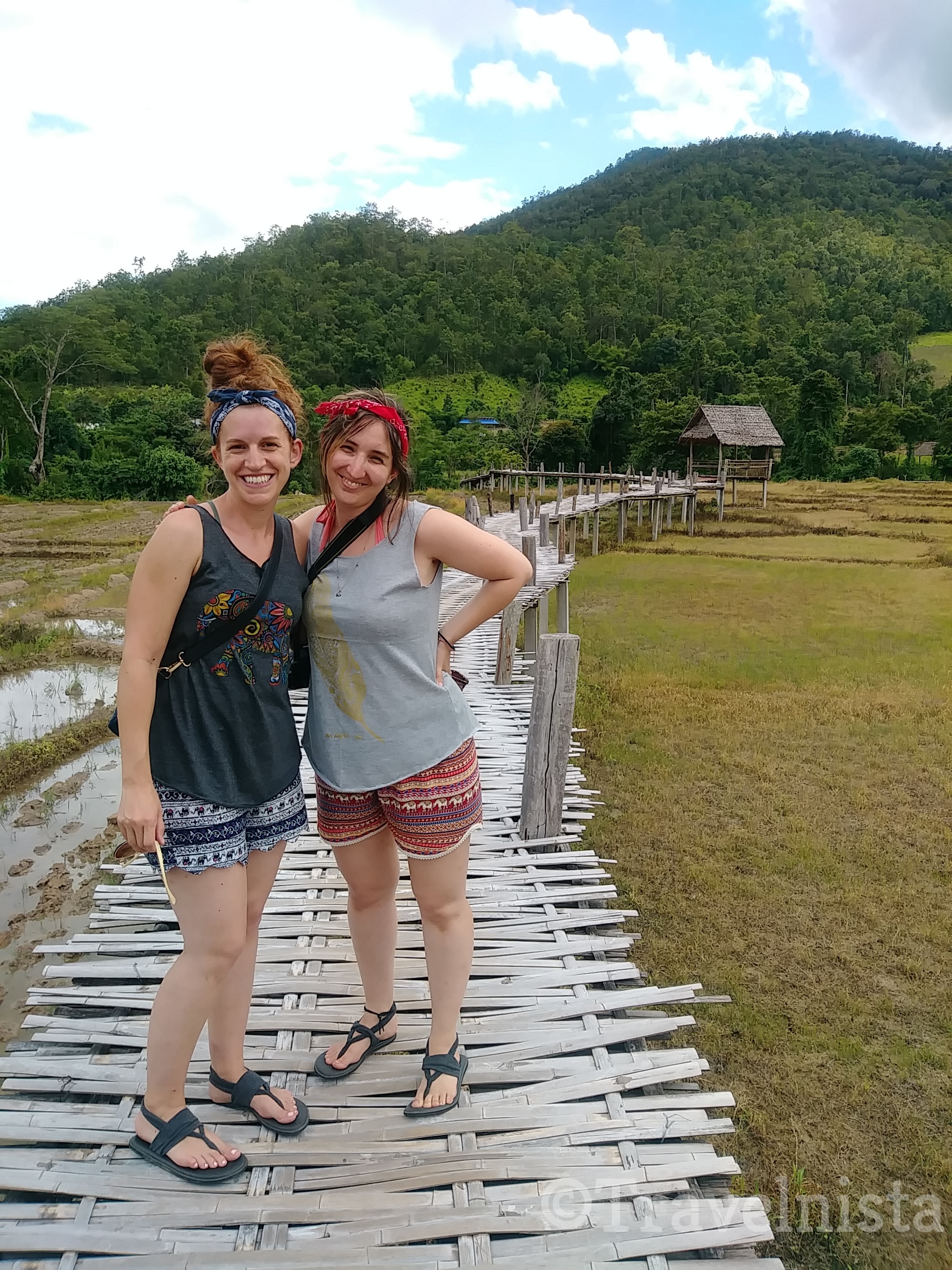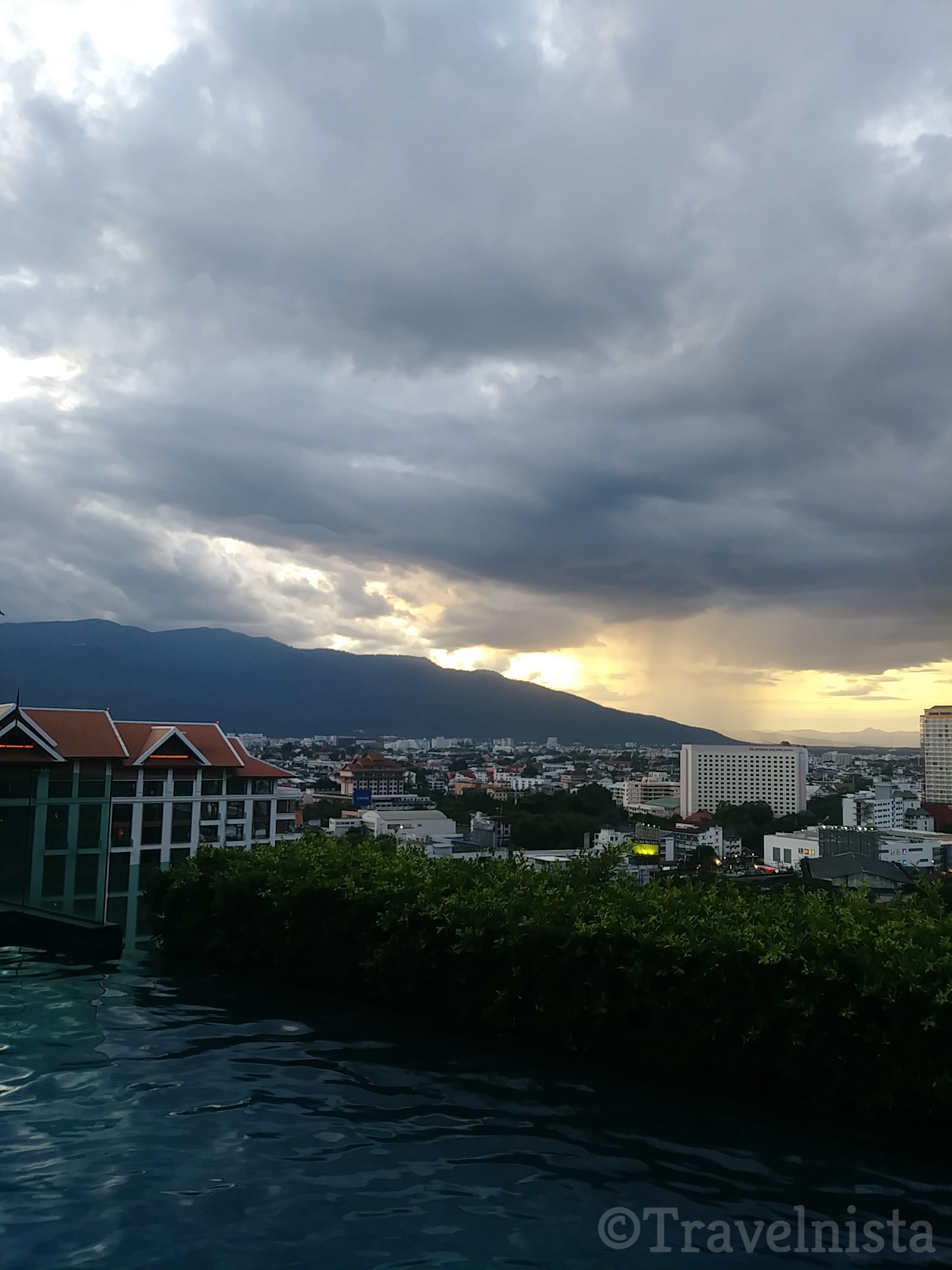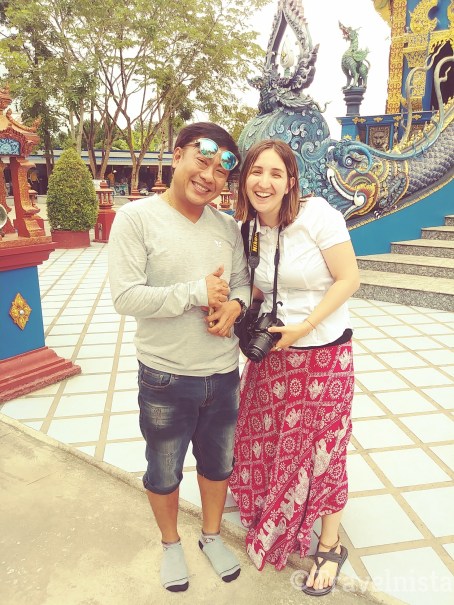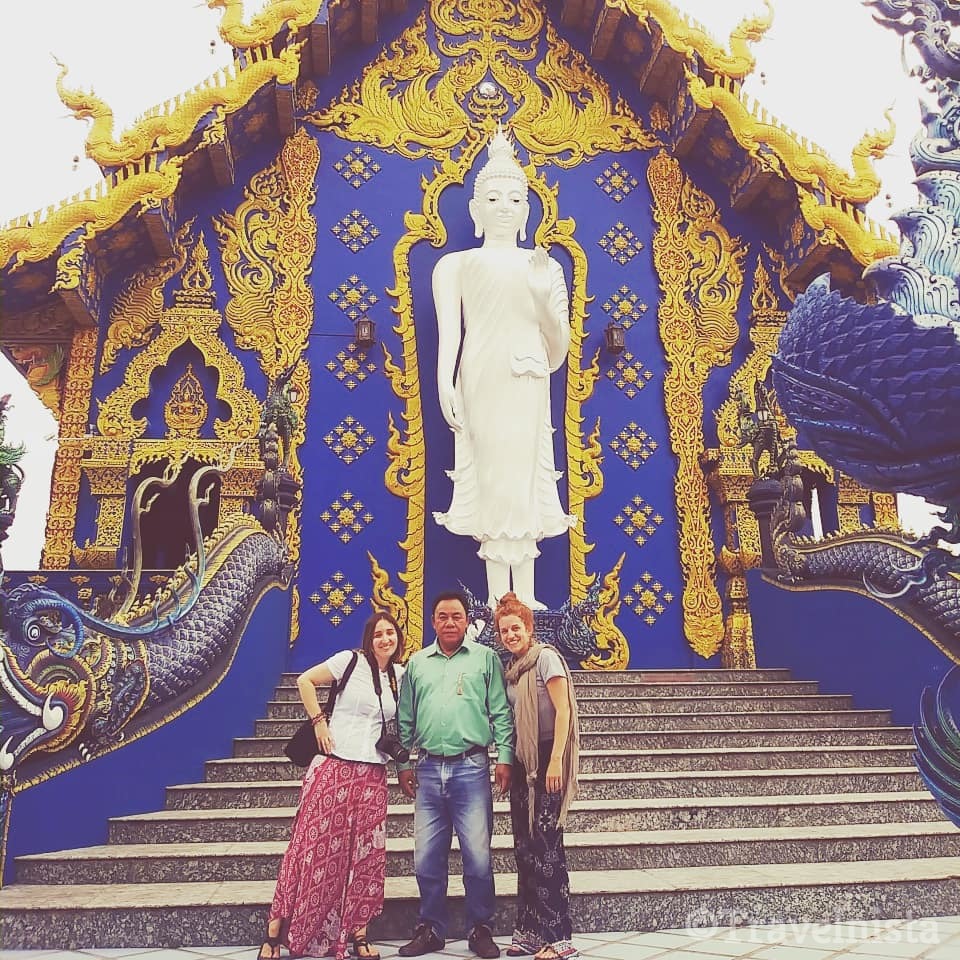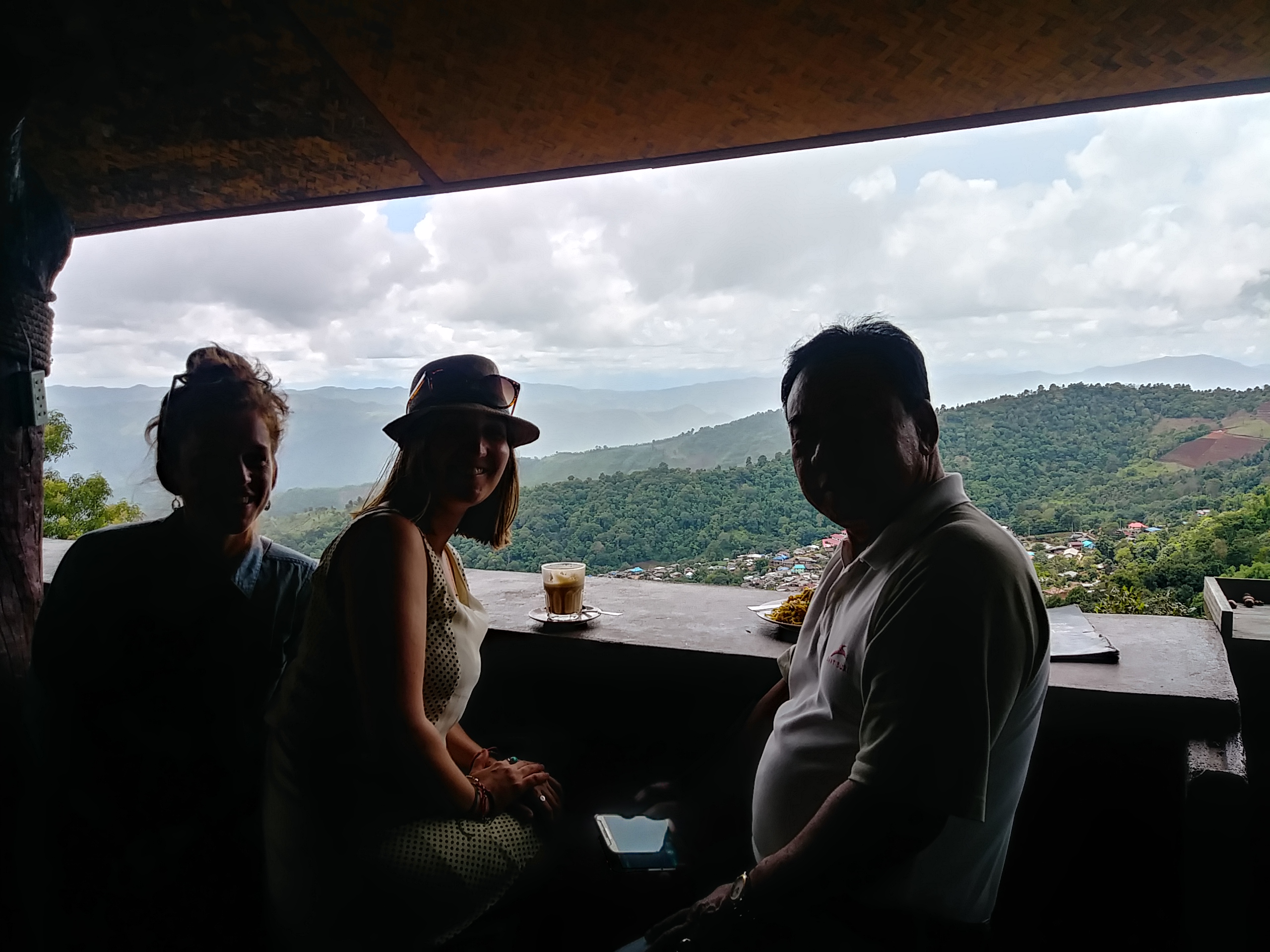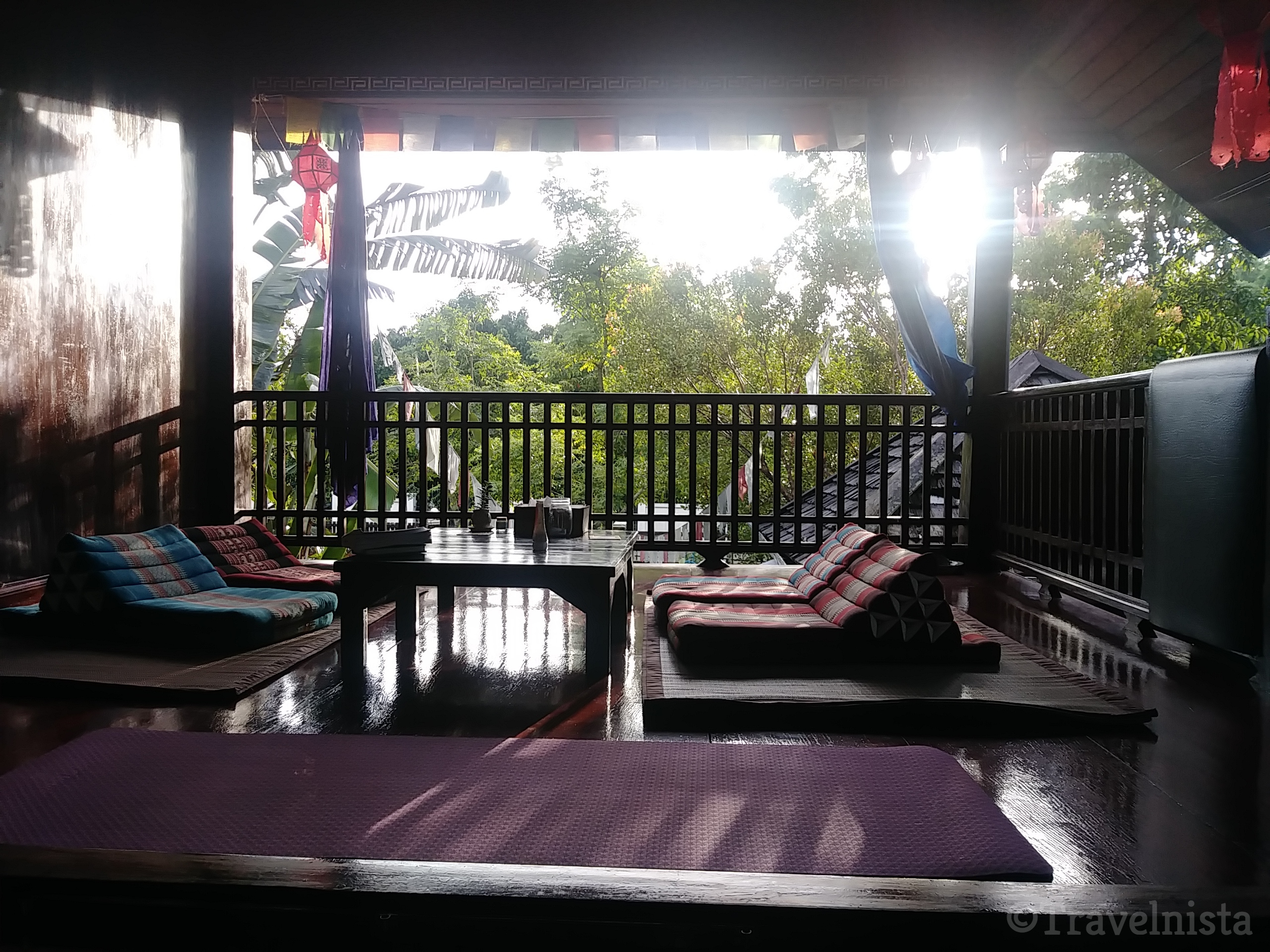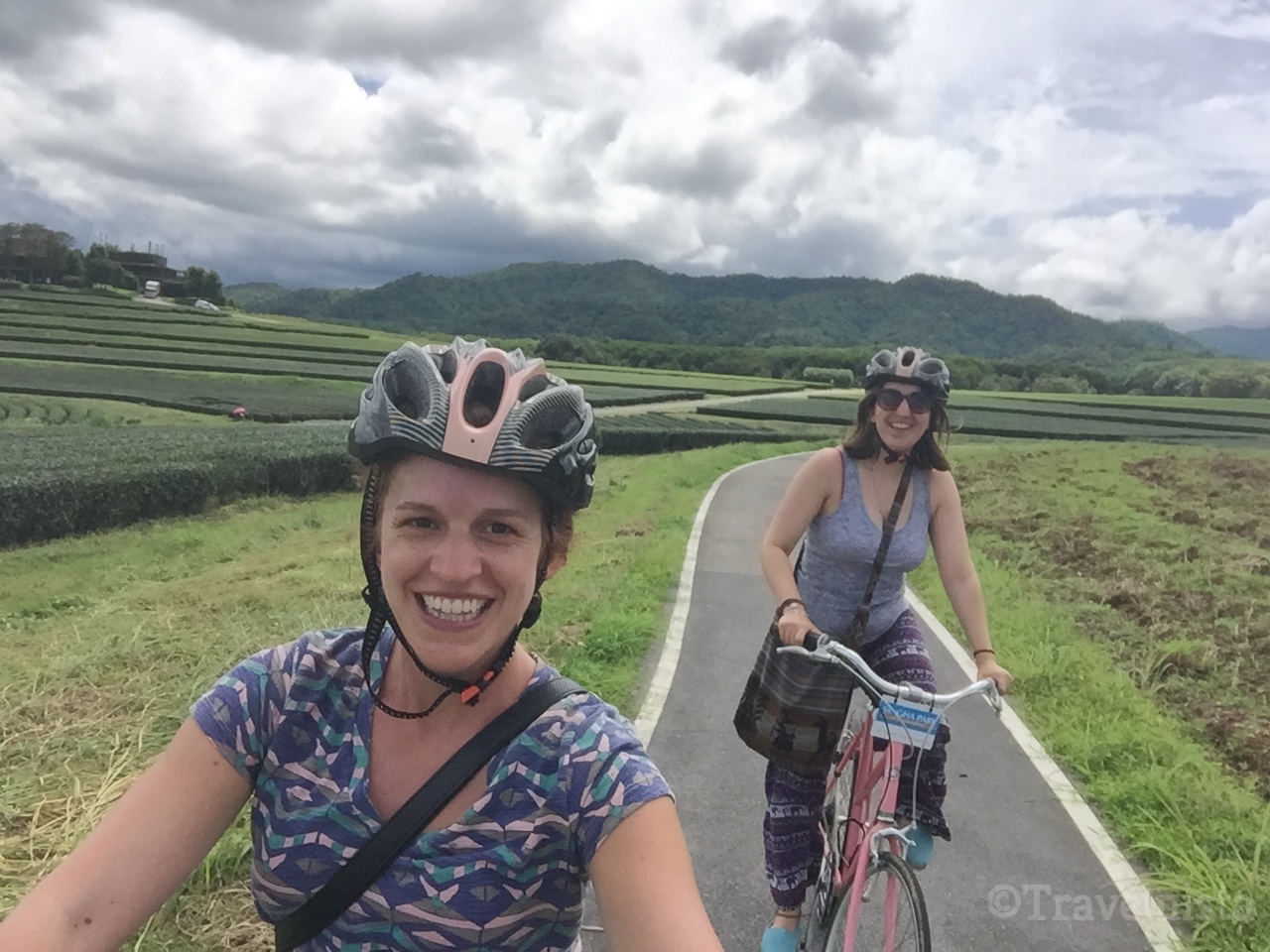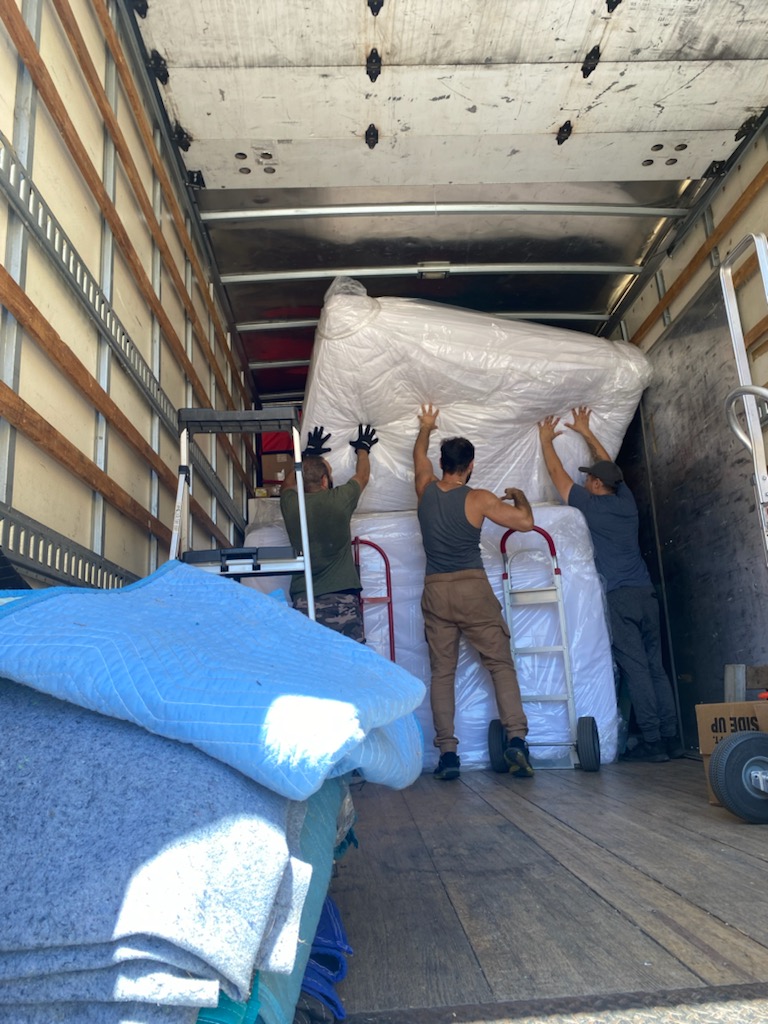
So, all of your belongings have been held hostage by a moving company. Welcome to the club. Now what?
I have moved an absurd amount of times. Looking back, in a way, I guess I am lucky I haven’t run into this before. When my boyfriend and I decided to move out of California, we didn’t do our due diligence investigating long-distance movers. Maybe we had a little too much faith in the process. All I know is that I won’t be putting myself in that situation again.
Some signs to look for to avoid moving scams. These seem so obvious now but we were just too naïve and trusting. However, when things escalate, sometimes it’s hard to avoid this situation. Especially if any of these occur on your moving day.
- The movers require you to pay via cash either through Zelle or Venmo. I felt ok paying through Zelle because I thought there was a way to get that money back. Turns out there isn’t.
- They start to increase costs as the date gets closer or even on moving day. The moving company may feed on your desperation now that you are likely stuck with them as movers. We were told that our price would increase because we lived on the second floor (which they were informed of from the start). They reassured us that we could “work it out” with the broker after our move but that we needed to pay the additional fee on moving day. After we moved, we were unable to get a clear answer from our broker as to why our price increased and how to adjust for this discrepancy.
- The moving and broker company stops taking your calls. This occurred to us for a few weeks after our items were en route. Our broker actually hung up on me on one occasion.
- The moving company works with a brokerage company in another state. Our broker was based in Florida.
- You aren’t informed of the moving company you will be working with until the day before or day of your move. This didn’t give us the option to look into our movers before they arrived.
- The moving company is not affiliated with the BBB. Do your homework on this as it can save you much distress. Read the BBB reviews and complaints thoroughly. After going on the BBB website when our items were being held hostage, I was able to see that the owner has been incarcerated for some shady practices in the past.
- Upon further investigation of the moving company website, it is generic and vague.
- You are not given a copy of the bill of lading and parts of it are incomplete on moving day.
If only you can go back in time and see the writing on the wall. My boyfriend and I got particularly screwed because our movers gave us a two day arrival window. They cancelled on day 1 and were late on day 2. When we realized just how in trouble we were, it was day 2 and we didn’t have any other options as our lease ended that morning and we needed to be out of California by the evening. The movers did not give us a to inform us of their arrival. Honestly, I am a bit surprised they even showed up after talking to other individuals who have had similar horror stories. When the movers showed up, 3 men came to help. Turns out, we (my boyfriend, his mother, and myself) busted our butts to get our stuff out before our time expired on our lease. They demanded more money and of course, it was via Venmo or Zelle. We were informed that they wouldn’t take credit cards (huge red flag).
Now to the good stuff. How to get your stuff back (and money). We were fortunate to be able to get our items and some funds back after 3 months of nothing. Here’s what we did to make that happen:

- Research the company by searching via name or DOT # on the following website: https://www.fmcsa.dot.gov/protect-your-move/search-mover. When you get the website, click on search the mover database. If you don’t have the DOT #, this search will give you the DOT number as you will need it for complaints that you plan to file. It will also allow you to see the number of complaints broken down by year and area of complaint.
- Reach out to others who wrote a bad yelp review for help and advice. I was able to look up both our brokerage company and interstate movers on Yelp. Both had split reviews (either very high or extremely low). After reading the reviews further, I realized that the really high ones seemed fake. One individual who wrote a really high review was actually a worker for the movers. So, I started to reach out to individuals on Yelp who left bad reviews to see if they were able to get their items back. One woman and I exchanged numbers and would correspond regularly. I also talked with a guy who had an article written about how he was scammed by our movers in an online article. He helped put me in touch with an individual from the Bureau of Household Goods and Services.
- Send a complaint letter or email to the moving company to get everything in writing. Once we realized we were duped, we started to keep a paper trail with both our broker and interstate movers. We emailed letters of complaints and kept any written correspondence including screenshots of texts. This was huge when we submitted our complaints.
- File a complaint through the BBB. We weren’t sure our broker would care that we filed a complaint as he wasn’t affiliated with the BBB. Turns out we were wrong and that was the only way we were actually able to keep in touch with him. Our interstate movers didn’t respond to our complaint but we were pleased that our broker did. Check out the BBB complaint website: https://www.bbb.org/file-a-complaint.
- File a complaint the FMCSA. We filed complaints with our broker and interstate movers as it can open a federal investigation. Remember that there is also power in numbers, so the more people to file complaints for fraud, the more seriously they will take those claims. The website for the complaint is: https://www.fmcsa.dot.gov/protect-your-move/file-a-complaint.
- File a complaint with the District Attorney. We wrote to the District Attorney in the state that our broker was headquartered, the state that our move took place, and the state that we moved to. Unfortunately, it was not much help as we received letters months later pretty much saying there wasn’t much to be done. However, the good thing is that it’s documented and hopefully helps build a case if the moving fraud continues.
- If you moved from California, file a complaint with the Bureau of Household Goods and Services. This is what helped us get our items back safely and unharmed. We were assigned a special investigator who had previous contact with our interstate movers. Through him, they corresponded. Our stuff arrived about 3 months after our initial move. All intact. Here is the website: https://bhgs.dca.ca.gov/consumers/index.shtml.
- Talk with a lawyer for a free consult. I wanted to see if there was a way to do a civil lawsuit. The lawyer that I spoke with was very helpful but pretty much said you need huge numbers to do that. He said that there aren’t too many laws against movers which is why it can be so challenging to penalize them.
- Remain calm and professional. Although it is easy to lose composure when you are trying to reach out to a company who has all of your belongings, stay focused and direct when talking to them (not angry) as this will give them fuel to the fire and make them try to invalidate you.
- If they require cash upon arrival, try to use Venmo and sync it to your credit card. That’s what my boyfriend and I did when the movers returned our items. After they left, I was able to file a complaint with my credit card company and attach all the correspondence. They launched an investigation against our interstate movers and refunded us our payment for our goods rendered as the contract was broken. This saved us around 3,000 dollars.
- Don’t give up. Keep trying.
Unfortunately, there are movers out there who you can’t rely on. Be mindful of the red flags and stay persistent. Make the appropriate complaints if your items are taken hostage. This is definitely not an ideal situation to be in but it is an incredibly powerful lesson to learn. Fool me once, shame on you. Fool me twice, shame on me. May you never be fooled by movers and if you are, may you get all your goods back in good condition.
Sarah Masse
